Published in World Architecture Festival Q4 2021
It’s astonishing that colours seem to have all but vanished from our roads. I mean proper colours like reds, greens and yellows, or those lovely deep maroons and blues once favoured for larger sedans. Everywhere you look nowadays, be it on the motorways or in the side streets, just about every car has been finished in one of those seemingly infinite shades of greys, or silver. I admit to there being occasional black or white examples amongst them, but you rarely see any ‘cars of colour’ anymore. Walking home recently I counted only two (one a sort of khaki tan, the other a metallic olive green) in a street of over 40 parked vehicles. Even the Toyota garage nearby had only three coloured options on a forecourt otherwise adorned with some 45 motors up for sale in their predictable tones of grey.
I simply don’t understand what’s happened: no-one has decreed this; no law has been passed. But there certainly cannot be any doubt that car manufacturers are pandering to public demand – they know their market! They know what people want…So what is informing this seemingly insatiable desire for the colourless car? And whatever happened to the predilection for bright primary colours that adorned the Morris Minors, Minis and Austin 1100s of those far off days of the ‘60s; or the sherwood greens and royal blues so favoured for the big Jags of the same era; or the reds and yellows much loved for the Avengers, Cortinas and Capris of the ‘70s and ‘80s,
Remember Inspector Regan’s first car? Interesting story there: Ford originally supplied a blue Consul GT ordered for the first Sweeney series back in 1974, but Thames TV swapped it for a metallic orange-gold model that they thought would stand out better against the drab London background: those were the days of the miners’ strikes, and the three-day week! And then there was John Thaw again, subsequently cast as Inspector Morse, with his burgundy Mark II Jaguar and its rather incongruous black vinyl roof. Never a grey car to be seen in any of those films. The old BMC swatch below shows the variety and richness of colour choices for the cars then produced by that plethora of British manufacturers.
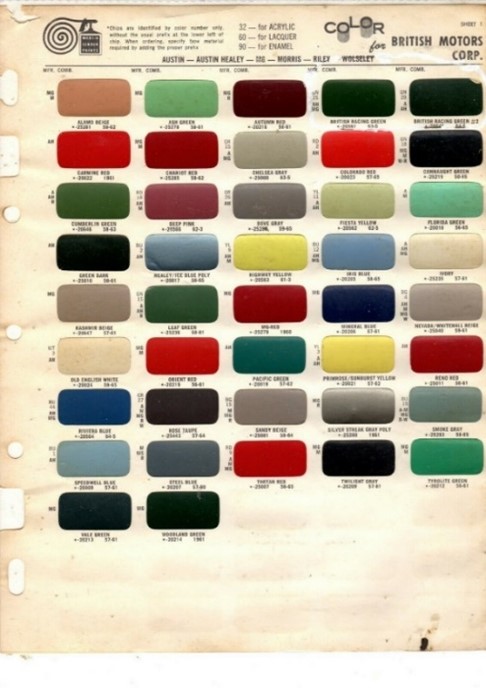
BMC Colour Chart of 1960’s
The current mass penchant for grey can be tracked back to the Germans and those BMWs of the 1980s that came to dominate the executive car market here in the UK. Yep, that is surely where it started, with the emerging preference for gun-metal finishes and their association with fine machinery and precision engineering. All of which reminded me of a passage in my 1994 M.Phil. thesis entitled ‘Architecture under Siege’ wherein I was bemoaning the uninspiring offerings of the UK house builders.
There I noted the peculiar dichotomy of the home-buyers’ evident fondness for traditional vernacular house styling with their contrasting love of contemporary car design. I described the executive’s run home from work in his flash modern carriage as he departed the city, dashboard lights sparkling and instruments silently monitoring and reporting – I italicise because marketing strategies for such machines then targeted men: goodness; how times have changed!
Such interior designs were of course no more than props, pandering to male egos through their suggestion of a functional complexity synonymous with the control systems more commonly found in Boeing cockpits. Likewise, the external form and language of the new generations of colourless cars were uncompromisingly expressive of purpose: sophisticated engineering was celebrated in unambiguously precise detailing. All was ‘machined’ to perfection. Such cars oozed technology, their quality impeccable, their performance assured.
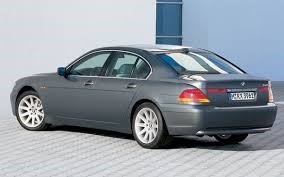
BMW: Synonymous with Engineering Sophistication
In similar vein the executive’s abode of that period would become ever more ‘technical’ in its equipment: we increasingly expected to be ‘welcomed’ home to sensors that monitored security; gates and garage doors that opened automatically, temperature management systems that ensured comfort; discrete sound systems that ‘piped’ music anywhere and everywhere to order; and wands that offered remote control to all communication systems. Indeed, by the eighties, Le Corbusier’s ‘machine for living’ was available, courtesy of the UK housebuilder, everywhere from the dense suburbs of our cities to remote villages right across our land – except of course that the housebuilders’ offerings didn’t look like a machine at all. Modern in terms of internal function and equipment yes, but modern in their architectural expression; decidedly not! Same old vernacular, ever smaller windows – UK housebuilders’ styling was nothing but a trip down memory lane…and a bad trip at that….
And the house buyer’s apparent demand for that cottagey vernacular would remain stubbornly consistent until, it seems, just the last few months. But suddenly, perhaps even courtesy of Covid, people are taking a fresh look at their homes. I kid you not: next time you walk our suburban streets, keep your eyes peeled and look around to see what’s happening to those dull, non-descript homes of the post WW 2 era….and even some from the ‘20s and ‘30s. Many houses, and even bland single storey bungalows as well, are getting a serious makeover; what can only be described as a total face-lift. What’s driving this no-one knows but, somehow, individual houseowners are, en masse, beginning to embrace a refreshingly modernistic styling. You will see this particularly expressed in grey replacement window frames, stylish but contemporary front doors, modern and bold fonts for house numbers, and of course, white render…. and lots of it.
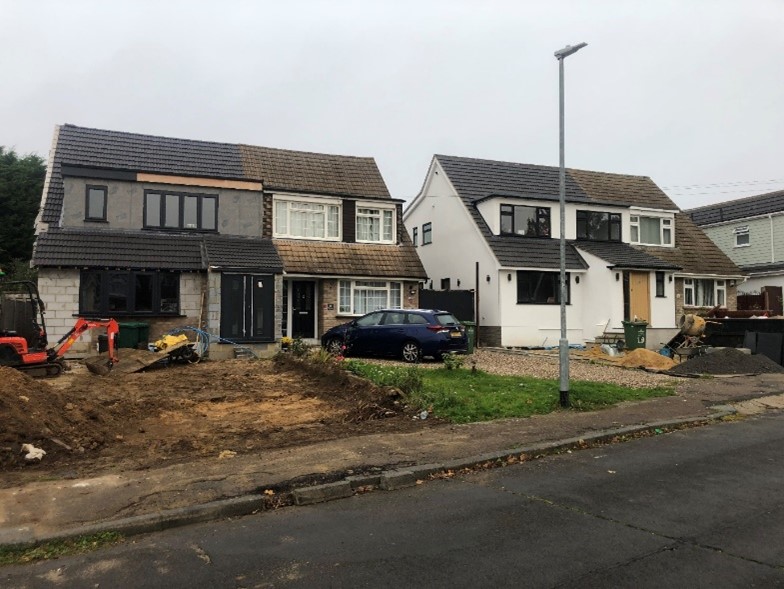
Billericay ‘Semis’ Undergoing Makeovers
Mock leaded lights are out; big panes of clear glass are in; white plastic window frames with their dirty mitred corners are out; crisp grey aluminium frames are in; mock Corinthian columns: no thanks. And a big no to the imitation gas streetlamp.
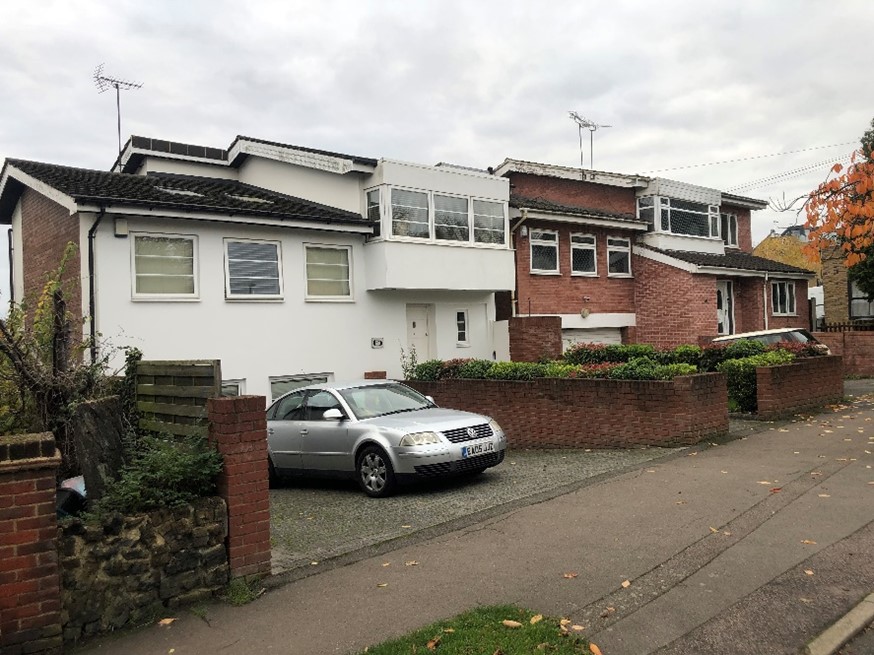
Identical Woodford Houses – One A Recent Makeover
Such ‘cottagey’ styles their little dormers, leaded pane windows, and functionless chimneys were of course always a veneer, a sham, and a lie. But at long last all this seems to have run its ghastly course, and housebuilders may now have to play catch up as a myriad of private owners have, through their individual retrofit programmes, set a new direction in taste and style for the housing market. What they are doing may not be great architecture, but at least it shows a growing public interest in a new language for the domestic abode….an interest that is spreading super-fast. And what we see in a thousand individual makeovers today will be in demand for the new housebuilder’s offerings of tomorrow: so, watch that space! And expect some good, confident, architect led stuff.
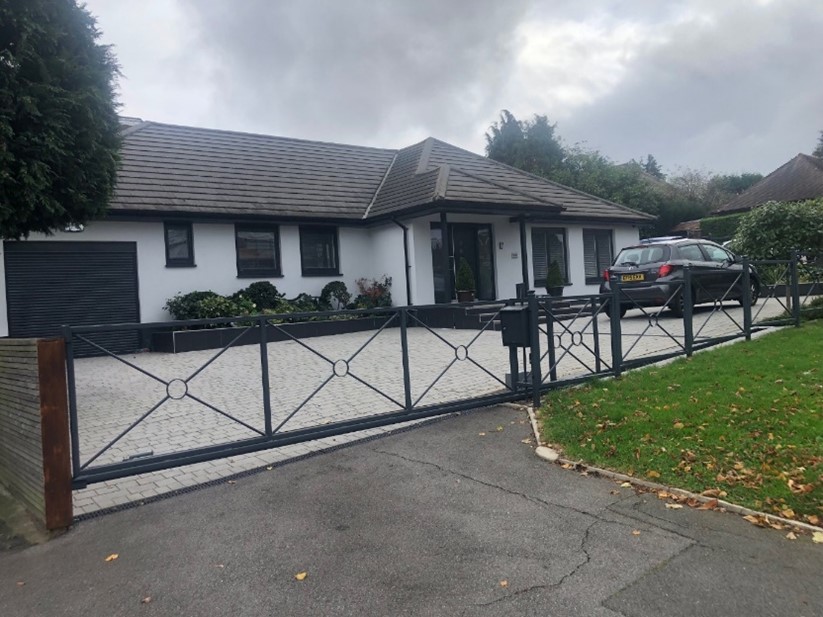
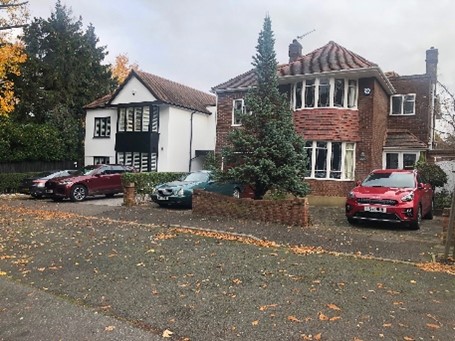
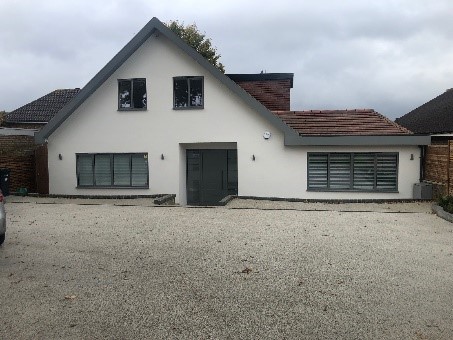
Three Woodford Green Makeovers
All of which takes me to a recent visit to the VETTii Factory just west of Venice a few weeks back. Specialists in kitchen and bedroom fitted furniture this firm, one of the largest of its kind in the world, has taken the art of efficient manufacturing and combined it with a laudably accountable sustainability agenda which puts responsible production, recycling, and minimisation of waste at the very heart of its slick and stylish operations. Every day 187 articulated lorries leave its main factory gates loaded with newly manufactured products bound for markets across the world. What is it about those Italians, now the eighth strongest economy in the world, that enables them to grace all they design and produce with such breath-taking style?
In their showrooms we discussed the bold colours that are now finding their way into the finishes of the company’s fitted kitchen and bedroom furniture. In response to my question about just what informs their choice of new colour offerings for their products, I was surprised to learn that it all starts with the fashion industry shows for ladies clothing…. they in turn traditionally influence the car manufacturers and lastly, with a three-year lag, the furniture industry follows. So, as we see houses going all white and grey on the outside, it seems that we can expect some real splashes of colour beginning to emerge to the interior fitouts. Again, that would seem to me to be none other than very welcome!
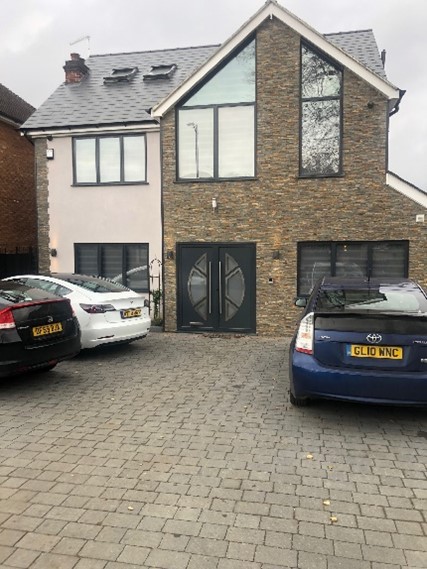
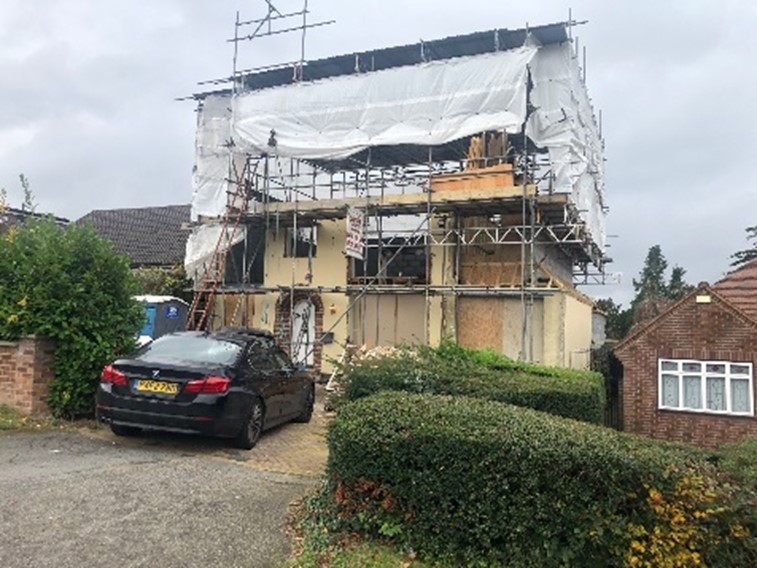
Fashionable Makeovers Will Set New Agendas for Housebuilders